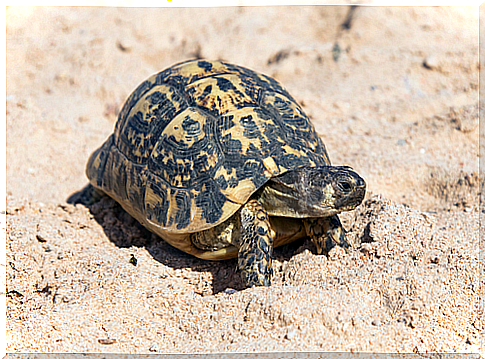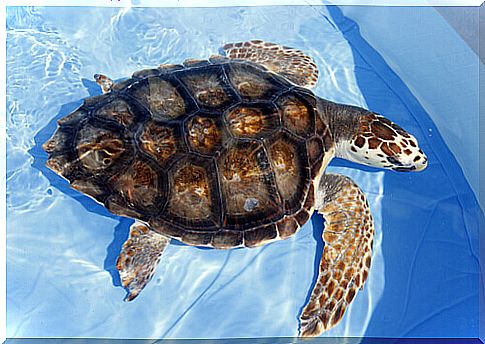How To Take Care Of A Turtle

Although they are not the most common animal to keep at home, turtles are an excellent alternative for those who prefer to take care of a small animal that does not have emotional needs such as those required, for example, by dogs and cats. . However, turtles also need some special care, and today we want to give you some tips on how to take care of them.
Some tips to consider before buying a turtle

Some breeds of turtles are now in danger of extinction, belong to protected species or cannot be commercialized. It is in fact forbidden to take a turtle home after having removed it from its natural habitat: in addition to being an inhuman act, it is a crime in most countries, with consequences also from a legal point of view. Before you find yourself having to give explanations to the police, you should therefore do some research.
Quarantine any new turtle before exposing it to other specimens, especially if you don’t know where it comes from. Also keep in mind that these animals do not require a high level of interaction, and could cause you infections or accidents.
Another aspect to consider is never to entrust a turtle (or other small animal) to a child. We know that many will disagree in this respect, but animals should not be used to test the level of responsibility of the little ones in the house.
The most common cause of death in domestic turtles is accidents, many of which are caused by improper possession or “handling” by a child. Therefore, if you want to teach a child to be responsible, assign him tasks to be carried out in specific periods of time, do not entrust him with a living being : save both the small and the animal unnecessary suffering.
Special care
A turtle’s care depends a lot on its class. In general, it is easy to find two types:
Water turtles

Water turtles need a large and spacious habitat to be able to swim safely. Usually you opt for large aquariums (so as not to hinder the growth of the turtle) filled with fresh or salt water, as well as a space outside the water, to allow them to rest and stay in the sun.
The water must be deep enough to allow the animal to fully immerse itself: in fact, the turtles’ favorite activity is swimming. Place the aquarium in a spot exposed to the sun, as in addition to being good for their bones and their carapace, in contact with the sun these animals are able to regulate their body temperature.
Keeping the water clean is essential for the turtle’s health, to avoid the spread of bacteria that could harm it. So get a filter and change the water frequently, based on the number of turtles in the aquarium (it is always advisable to buy them in pairs to counteract boredom and depression), and adjust the temperature, so that it is not below 25 degrees and does not exceed 28.
By doing so you will avoid a thermal shock and the possibility that some species enter into hibernation, a phase rather difficult to control; keep in mind that turtles regulate their temperature differently than mammals.
Land turtles
Land turtles require more space to be able to move than aquatic ones ; they spend more time on the ground and must be able to move in an environment free of predators (cats, dogs, some birds), but at the same time they need a space where they can swim.
When they are small, an aquarium will suffice, but when they are adults they will need a courtyard with a pond. In addition, land turtles need a den to sleep, or if necessary, hibernate. Be careful, because some turtles like to bury themselves in muddy areas and, if you are not careful, they risk drying up and dying before they can get out.
Diet
Feeding the turtles is not complicated; in general, it is recommended to give them foods rich in calcium, but they can eat all kinds of fruits and vegetables, and sometimes even meat.
They tend to be greedy animals: therefore, measure the quantities of food you give them. Always remember to clean up the remains of food, to avoid the proliferation of decomposition bacteria.
Turtles can also eat rice and corn, to mix with plants and flowers. Leaving them in the yard, they will likely feed on snails, earthworms and snails, all of which form part of their natural diet.
The most common diseases
The most common diseases in turtles are fungi (which will appear on the shell when not properly cleaned), and bone and carapace weakness produced by vitamin D deficiencies, due to lack of sun exposure.
They also tend to suffer from eye diseases (you will notice swelling in the area), as well as diseases of the respiratory system, which manifest themselves with the appearance of mucus and cough.









